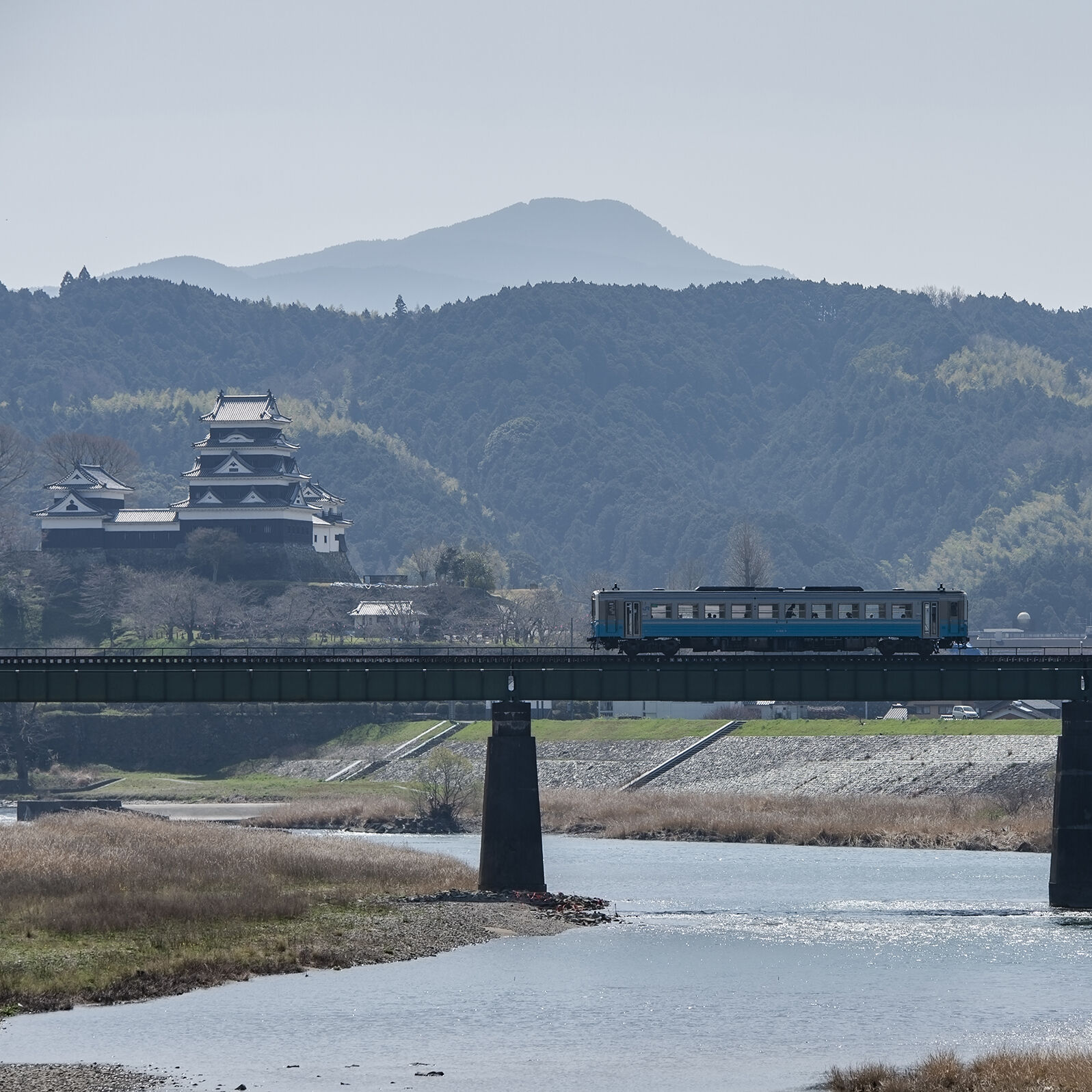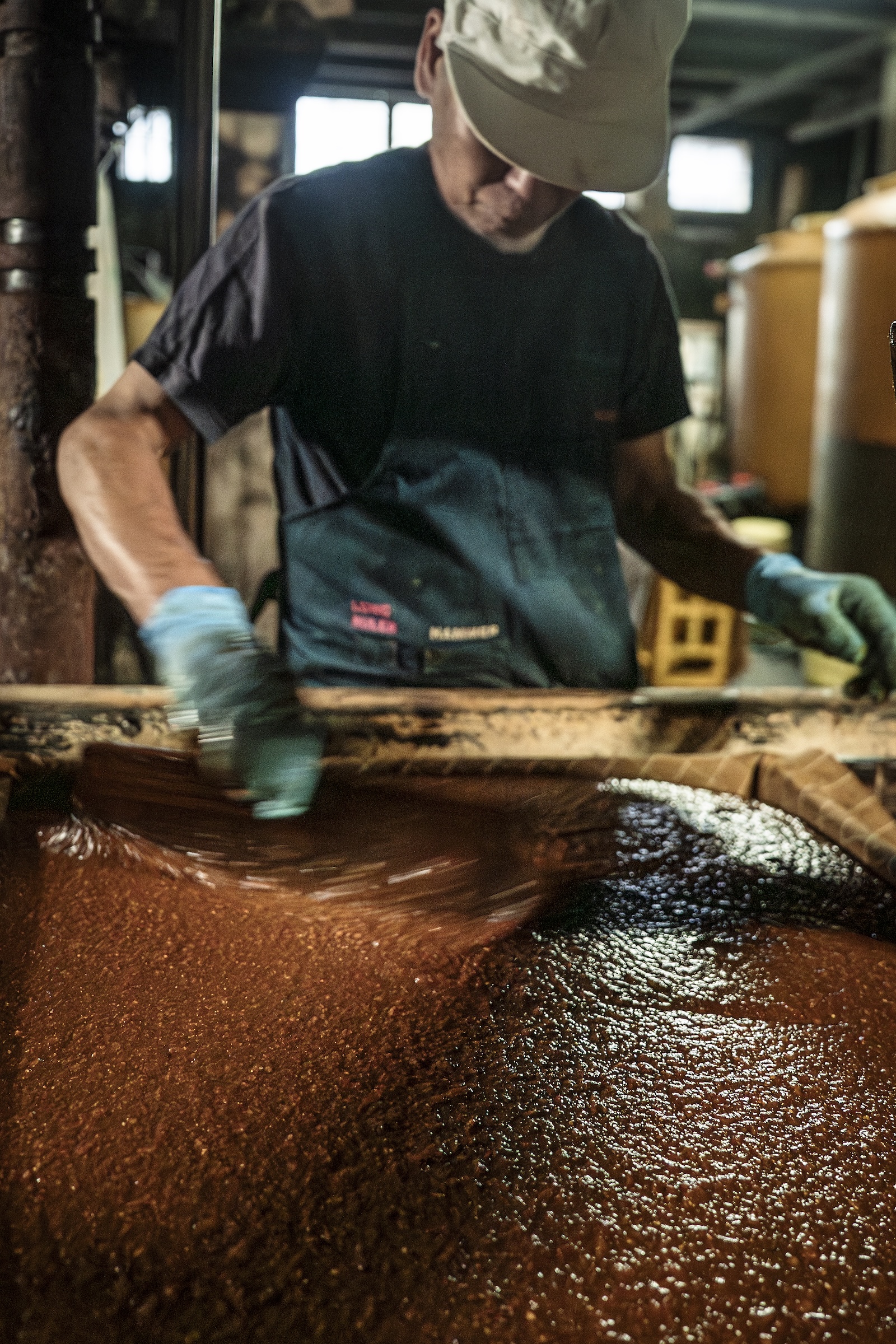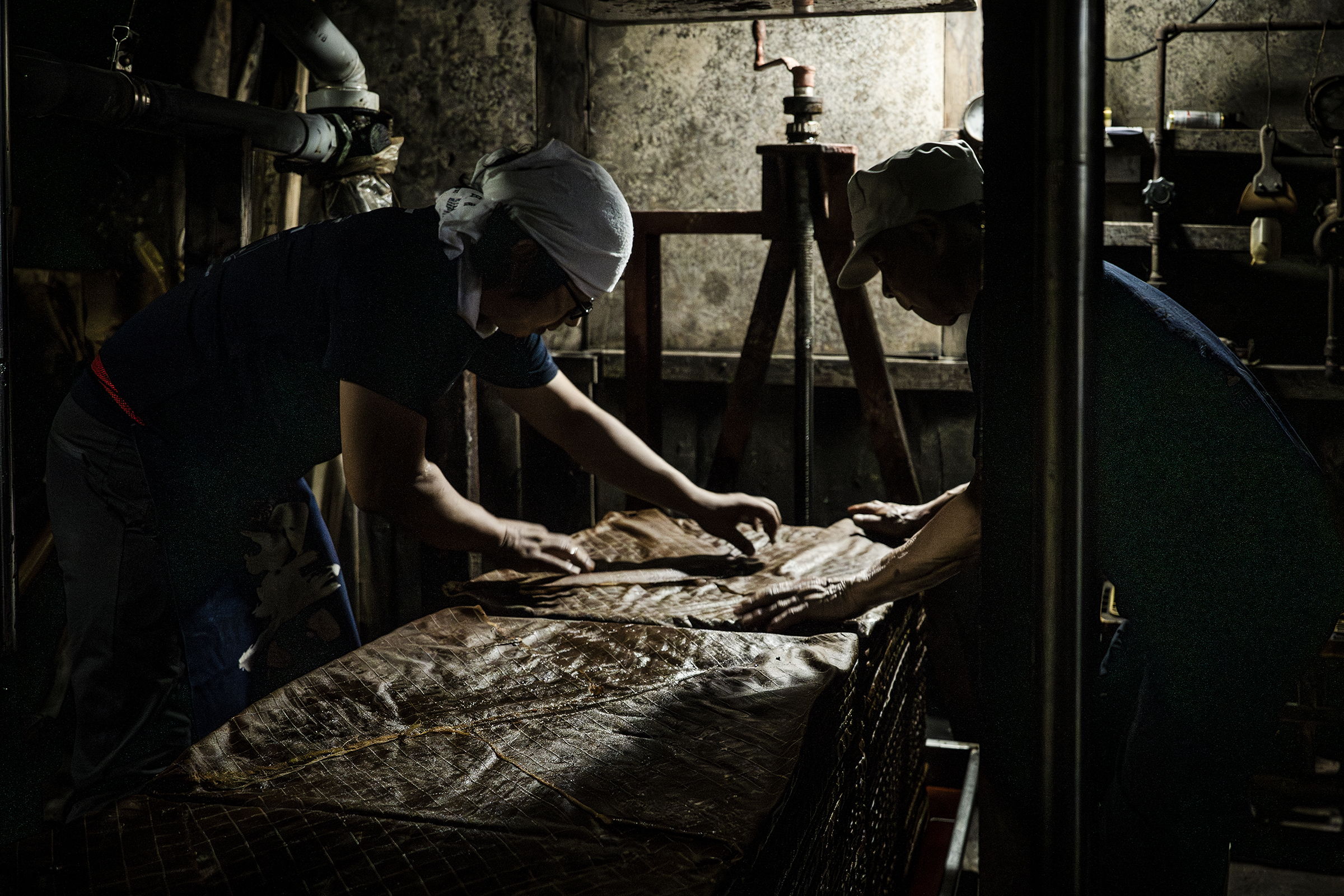Surrounded by mountains with the crystal-clear Hijikawa (Hiji River) flowing through its center, Ozu City harbors numerous “treasures” born of its unique topography and climate. From October to March, on clear mornings, visitors can climb gentle hills to witness a sea of clouds embracing the basin below.
Known as “Little Kyoto of Iyo” for its well-preserved townscape from the Edo through Meiji periods, Ozu City’s symbol is Ozu Castle. The castle evolved from late Kamakura through the Warring States period, with various lords developing it into an early modern fortress. The current tower, reconstructed in 2004 (Heisei 16), displays different faces through the changing seasons.

Ozu Castle made headlines as Japan’s first castle offering overnight stays. The “Ozu Castle Castle Stay” program attracts numerous guests annually. This “castle lodging” experience, overlooking the castle town from the main tower, truly offers the ultimate travel experience, allowing guests to feel like feudal lords.
The Kato family governed this region for 12 generations, from 1617 (Genna 3) until the Meiji Restoration. The dish uses freshly caught morning ayu, with egg yolk carefully matured over half a day to achieve its perfect consistency. Today, Mr. Akira Tarui of “Ryoen Tarui” in Ozu City carries on this traditional cuisine.
A must-visit spot in Ozu is Garyū Sansō. This sukiya-style (Japanese architectural style developed in the Azuchi-Momoyama 1574–1600 and Tokugawa 1603–1867 periods, originally used for teahouses and later also for private residences and restaurants) villa was built by Torajiro Kouchi, a merchant who amassed his fortune in international trade around 1897. He devoted a decade to its construction. The design masterfully incorporates natural forms, representing the pinnacle of Japanese architectural refinement. From April to October (closed in August), visitors can enjoy a special tea ceremony experience.
Among the treasures born of this land’s natural elements is the soy sauce of Kajita Shoten, established in 1874 (Meiji 7). Their naturally brewed soy sauce, made without added yeast or enzymes, has earned acclaim not only from renowned Japanese restaurants but also from Michelin three-star French chefs. It’s a product truly fermented in harmony with Ozu’s natural environment.

Using cedar barrels over 100 years old, they employ an extended 18-month fermentation process—three times longer than the standard six months—producing deeply mellow flavors.

At the heart of this process are the living yeasts that dwell within the storehouse. Yasushi Kajita, the 13th generation owner, says what truly has been passed down through the Kajita family is “the tongue.”
In this natural fermentation process, it is the human tongue that discerns its progress. The unique flavor that can only be created here, that only the Kajitas can capture—this is truly what we should pride ourselves on as “Japan’s treasure.”
Getting there: About 50 minutes by car from Matsuyama Airport. Take the Ozu IC exit from Matsuyama Expressway to reach the city center.
Address: Kajita Shoten Co., Ltd., 559 Nakamura, Ozu City, Ehime Prefecture 795-0054
Website: https://www.kazita.jp
Text: Shunji Miyagawa
Photographer: Tatsuro Kono
Translation: Yumiko Sushitani
Related Posts
2025-01-20
A Snow-Swept Morning in the Silent Winter of Shirakawa-go
Shirakawa-go (Shirakawa Village), a remote mountain village and UNESCO World…
2025-07-03
Yabakei: Where Nature and History Converge
Yabakei, a picturesque gorge in Nakatsu City, Oita Prefecture, is renowned for…
2024-11-15
“Seikatsu Kobo Togarashi” explores the traditional Japanese food, “onigiri.”
The Warmth of Japanese Soul Food At "Seikatsu Kobo Togarashi" (Life Workshop…















